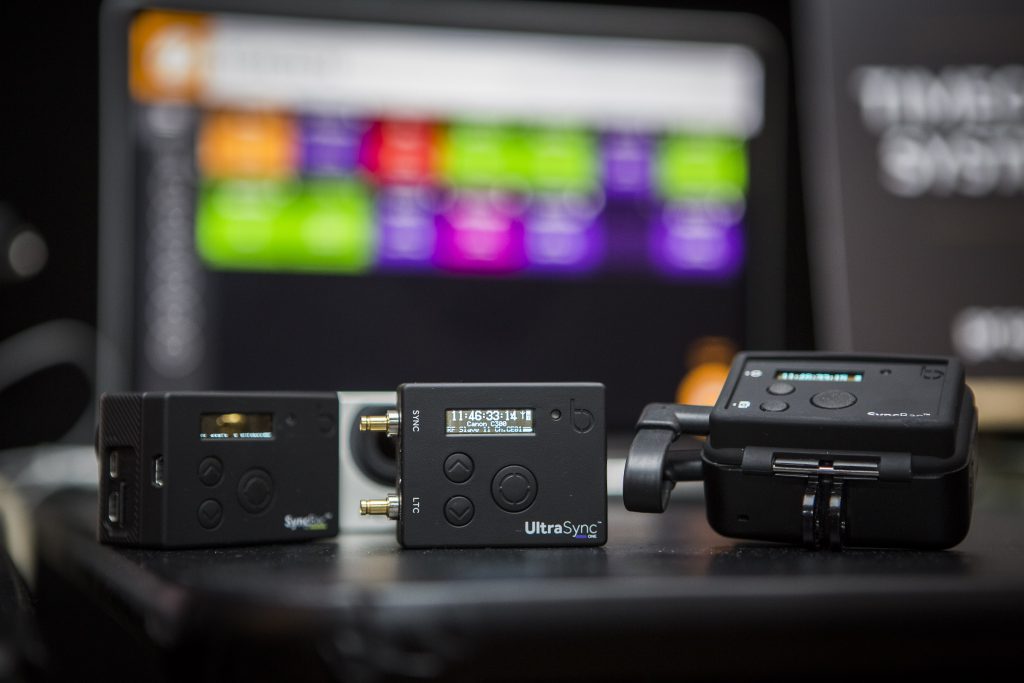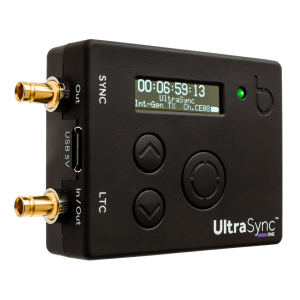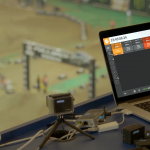Why shoot multicamera?

Multicamera productions are becoming more popular than ever. Here’s four significant reasons why…
1. A better viewer experience
Multicamera filming makes for much more engaging and enjoyable viewing than relying on a single camera, shooting statically from one angle. Additional camera angles allow you to cut from a wide shot to a close up, which not only helps stop a scene from dragging on, but also adds depth to your story.
2. Limit the risk
While a director producing a drama or a fictional show can reshoot a scene again and again until everything is perfect, shooting events in real-time doesn’t allow you the flexibility to go back and recapture what you missed first time around. By shooting with multiple cameras you ensure one camera can pick up what another misses.
3. More creative freedom
Shooting multicamera offers more flexibility to react and capture the spontaneity of a moment – for example, a controversial moment between contestants in a reality show or actors who are improvising a scene.
4. Flexibility in the edit
Having more than one angle gives editors more options in terms of crafting a story. It allows them to cut together a scene cohesively and creatively and gives them the flexibility to create the story the show’s producers think will result in the best entertainment value for viewers.
Many producers attempting multicamera for the first time forget about sync
Why does this matter? Because when something isn’t in sync, it simply feels wrong. If you’re filming a music event, as the drumstick hits the skin, the audience needs to hear that beat. When filming sport, seeing every angle on a key moment is essential to the fans, but if the shots are out of sync, the story becomes disjointed and the impact is lost.
Synchronising cameras allows you to cut back and forth between multiple cameras and sound at exactly the same moment. By assigning each frame recorded a specific timecode, editors are able to find a particular frame across multiple camera and audio sources by referencing this number. If each camera and audio device on a shoot is running timecode, this allows all sources to be synced and the data can then easily be dropped into the edit timeline and effortlessly aligned. This significantly reduces the time and cost of producing multicamera video.

UltraSync ONE offers a simple and low-cost way to synchronise multiple cameras and sound to create a streamlined production workflow.




